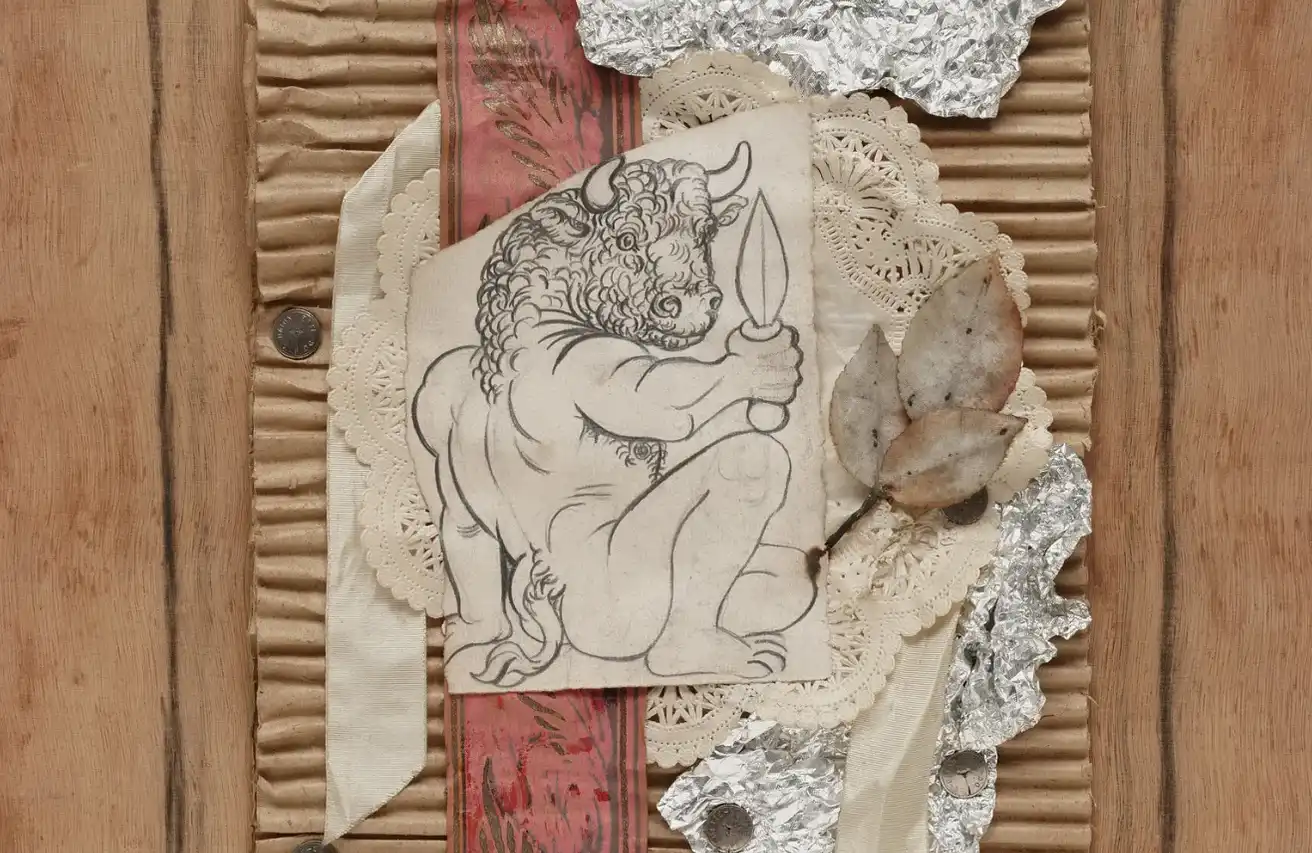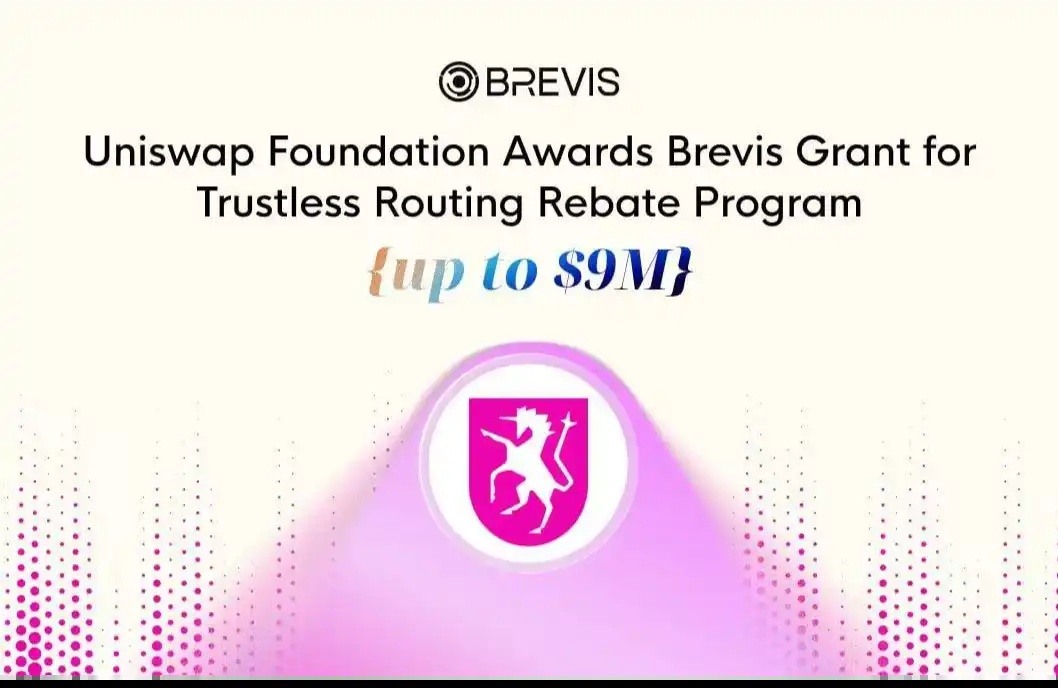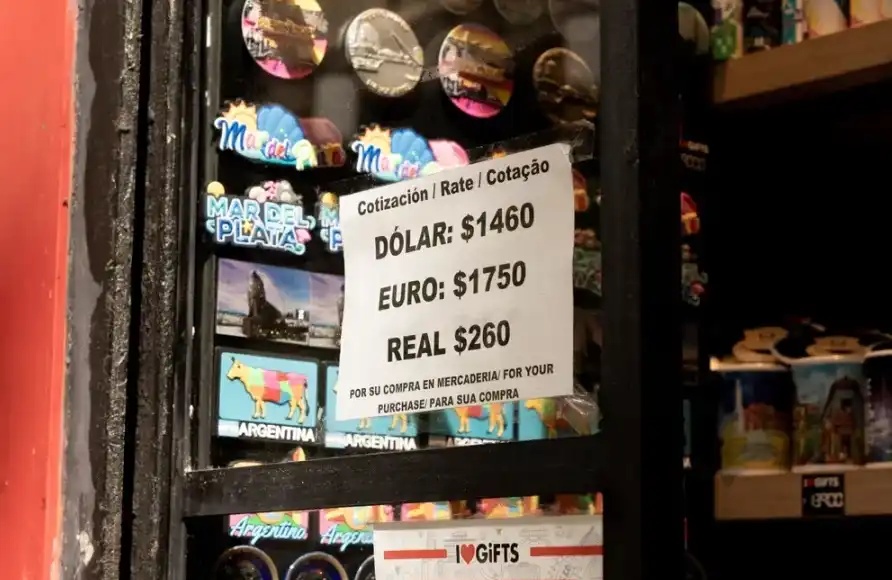New FT protocol for Bitcoin emerges, Ordinals founder can no longer tolerate BRC.
Today, Casey Rodarmor, the founder of the Bitcoin NFT protocol Ordinals, proposed a new Bitcoin FT protocol design concept called "Rune", also known as the "Rune" protocol.
This agreement is different from the FT protocol on lightning networks such as BRC-20 and Taro/RGB. Why did Casey suddenly propose the idea of the "Rune" protocol? What progress has been made in less than a day since the idea was proposed?
BlockBeats will provide you with detailed information on all aspects of the "符文" protocol to date.
"符文"协议的设计出发点
(This is a title and a line break, which do not need to be translated.)
Casey Rodarmor summarized the biggest feature of the "符文" protocol in one sentence - a simple, UTXO-based FT protocol that enables Bitcoin users to have a good user experience.
Casey believes that if the on-chain "footprint" of the protocol is small and it promotes trusted UTXO management, then compared to the existing Bitcoin FT protocol, it may reduce "harm". At least, the popularity of BRC-20 has already created a large number of "garbage" UTXOs.
Casey compared the "符文" protocol with other existing Bitcoin FT protocols in the following 4 aspects:
- Complexity: How complex is the protocol? Is it easy to implement? Is it easy to be widely adopted?- User experience: Will any implementation details have a negative impact on user experience? In particular, the protocol for data under the dependency chain has a light on-chain "footprint" but introduces significant complexity. Additionally, users either run their own servers or discover existing servers and interact with them.
- State Model: UTXO-based protocols are more natural for Bitcoin and promote UTXO set minimization by avoiding the creation of "garbage" UTXOs.
- Native Token: Obtaining the native token required for protocol operations is cumbersome and extractive, so it is naturally unlikely to be widely adopted.
The translation of the given content is: "The result of the comparison is:"
- BRC-20: Not based on UTXO and quite complex, as it requires the use of the Ordinals protocol for certain operations.
- RGB: Very complex, dependent on underlying data chains, has been developed for a long time but has not been widely adopted.- Counterparty: Some operations require the use of native tokens instead of UTXO-based tokens.- Omni Layer: Some operations require the use of native tokens instead of UTXO-based tokens.
- Taproot Assets(Taro): It's a bit complicated and relies on data under the chain.
So how will the "Rune" protocol be implemented to solve the above pain points?
"符文" Protocol Implementation
Overview
"Rune" tokens are directly included in UTXOs, which can contain any number of "Rune" tokens.
If a transaction contains an output, and the pubkey script of that output contains an OP_RETURN followed by a data output representing the uppercase letter "R" in ASCII, then the transaction contains a protocol message. The protocol message is everything after the first data output.
If invalid protocol messages and "rune" tokens are inserted into a transaction, the "rune" tokens will be burned. This will allow the "rune" protocol to be upgraded in the future, avoiding allocation errors in the old version protocol for already created/allocated "rune" tokens.
Encode integers as prefix variables, where the starting part of the variable determines the byte length of the "rune" token.
Transfer of "Rune" Tokens
The first data output in the protocol message is decoded as a sequence of integers, which will contain three types of information: "ID", "OUTPUT", and "AMOUNT". If the number of decoded integers is not a multiple of 3, the protocol message will be considered invalid.
ID: Specifies which "rune" token is being transferred. Each "rune" token is assigned an ID when it is created, starting from 1. The earlier a "rune" token is created, the smaller its ID value.
OUTPUT: Determines which output to allocate to.
Why did Casey suddenly propose the "Rune" protocol?
In the official manual of the Ordinals protocol, we can see that Casey's vision for the Ordinals protocol is to create "digital artifacts" or "NFTs" through Bitcoin. However, with the development of the Ordinals protocol, the number of inscriptions related to BRC-20 has accounted for more than 85% of the total number of inscriptions.
Casey has been dissatisfied with BRC-20 for a long time, especially after his recent controversial tweets, which further highlight his negative attitude towards BRC-20:

My most desired Christmas gift is for speculators to discover Taproot Assets (Taro), so they can stop minting BRC-20 Tokens.

Can't we engrave the "transfer inscription" to lock the balance of BRC-20 token holders, so that they have to send the transfer inscription to themselves in order to unlock the balance?
In Casey's view, the "art gallery" he created has become a playground for speculators, which makes him very uncomfortable. Not only has his "art gallery" turned into a "big casino," but Casey also has a negative attitude towards FT itself.

In the blog post proposing the Rune protocol, Casey expressed at the end of the article that "the world of FT is almost an irreparable abyss full of deception and greed."
The proposal of the Rune protocol can be regarded as Casey's "tough medicine" for the Ordinals protocol - although as the founder of the protocol, he cannot unilaterally kill the "tumor" BRC-20 that he believes is parasitic on the Ordinals protocol in the world of Web3. So he came up with this idea - this is the "art gallery", if you want to continue Degen, I have an idea, everyone go to the "big casino" Degen OK or not?
That being said, Casey is merely proposing a concept of the Rune protocol for Bitcoin FT, and he himself has no intention of implementing it. However, Casey's influence is evident, and we can already see how excited players are in less than a day.
1 Day Later, What Developments Has the Rune Protocol Made?
Bitcoin NFT trading market Ordinals Wallet announced the deployment of the first token $RUNE of the Rune protocol at 3pm.

However, someone pointed out in the comments of the tweet that this seems to be an invalid deployment...

In addition, @TO also launched a public reward, and the first team to create a Rune protocol indexer will receive a reward of $100,000.

Here it is important to remind everyone to pay special attention to the fact that there is no conclusion on the validity of the deployment of $RUNE, because the protocol is currently only Casey's idea, and there are no relevant standards or code drafts. Beware of all kinds of scams!
Conclusion
Casey's idea is more of a helpless plea to everyone - I have a better way than BRC-20, would you consider letting Ordinals return to its original development direction?
So will BRC-20 "die"? I don't think we need to be too pessimistic. Over the past few months, BRC-20 has attracted a large number of teams to build on it, and these teams will not give up just because of Casey's idea. Moreover, BRC-20 is also dynamically developing. Can it be combined with the Lightning Network to solve some of the current pain points? These are all things we can look forward to.
Finally, Casey's soul questioning -
99.9% of FTs are memes and scams. I'm not sure if creating a new FT protocol for Bitcoin is really a good idea.
Welcome to join the official BlockBeats community:
Telegram Subscription Group: https://t.me/theblockbeats
Telegram Discussion Group: https://t.me/BlockBeats_App
Official Twitter Account: https://twitter.com/BlockBeatsAsia


 Forum
Forum Finance
Finance
 Specials
Specials
 On-chain Eco
On-chain Eco
 Entry
Entry
 Podcasts
Podcasts
 Activities
Activities
 OPRR
OPRR









